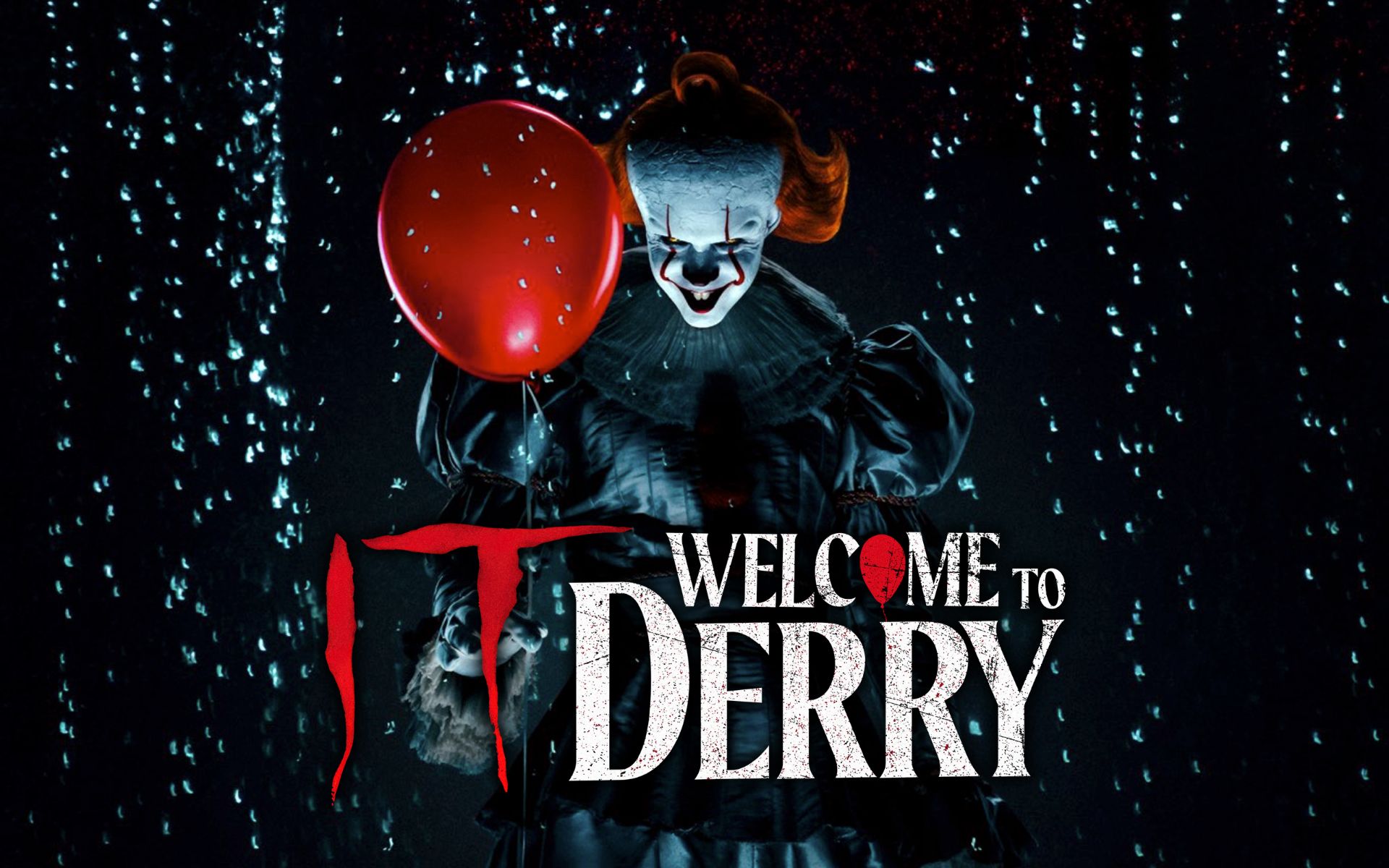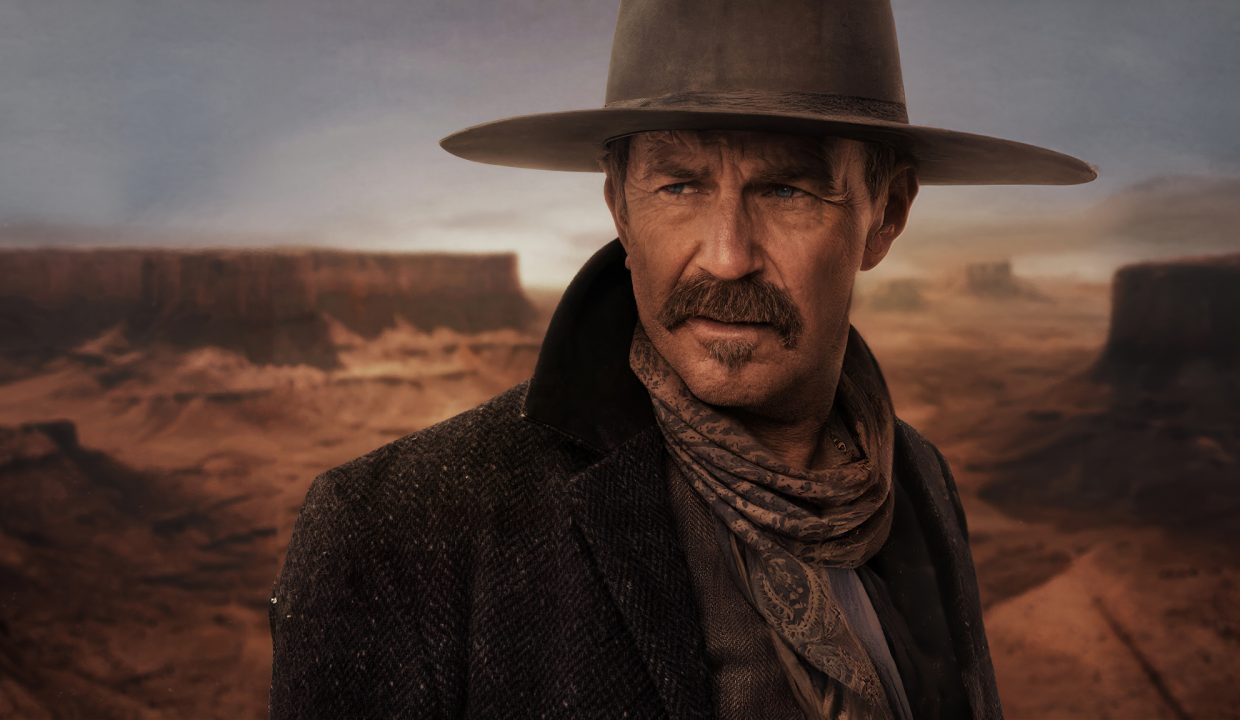This week, the first part of Kevin Costner’s saga, “Horizons: Part 1,” was released in Russia.
Costner invested $38 million from his own pocket in the creation of the first two parts of his new project. This is a huge risk given his past financial failures. In the mid-90s, Costner failed with two of his directorial efforts, Waterworld and The Postman. However, despite these setbacks, he decided to invest heavily in his new ambitious epic. Is the risk worth it?
We already went to the premiere of Burning: Part One, and we’re not sure that Kevin Costner did everything right. There are a lot of questions for the director. But about everything, as always, in order and without spoilers.
Kevin, why are you showing us the series in theaters?

What is the movie about: The movie is the first part of a planned four-part epic saga covering the complex relationships between settlers and indigenous peoples against the backdrop of Western expansion of the United States.
The action takes place in 1859, on the eve of the American Civil War. The story follows a group of settlers seeking to make a new life in the West and their encounter with Native American tribes defending their lands.
The first thing that will arise when watching this film is a strong feeling that this is not a full-fledged film, but rather a very long pilot episode of a game. Good, high quality, expensive, but a game!
The film is presented as an epic western in which the destinies of many characters intertwine. Each of them has their own story, and all of them are connected only by common time and geographic boundaries.
Such a variety of characters and their stories are more suitable for a series where the storyline can devote enough time and attention to developing a specific storyline. But, damn it, we are not sitting on our favorite home sofa in front of the TV, but in a cinema!
At some points, it feels like scenes are simply cut short without completing important plot lines. This cutting of plots creates the impression that we are seeing several episodes in a row, and not a coherent work.
As a result, we can even say that we watched the first three hours of the game episode in a row, which nothing is completed! By the end of the film, most of the storylines are left unfinished. Instead of the traditional denouement for films, it sums up and resolves the main conflicts, allowing the audience to wait for the continuation.
Kevin, isn’t that a sory scene?

The film’s script was written by Costner and John Baird. Together they create a complex, multi-layered story spanning multiple lines and ten characters. Apparently the idea was to show the history of Western exploration from a variety of perspectives, including both white settler and idiosyncratic views.
The script includes many plot lines and characters, which should have made it simple and multi-layered, but this approach in the film deprives the story of integrity and focus. Some important characters completely disappear from the film, and this is most likely an editing problem. Maybe in the next parts we will realize what happened to them, or maybe not. Who knows?
The abundance of plot branches do not add up to a single whole, creating a feeling of fragmentation and incompleteness. Just incoherent chaos at times.
Kevin, why are the characters so boring?

As a result, the characters in the film suffer the most from this case – they look more like archetypes than like real people. This is noticeable throughout the narrative, with each character fulfilling a function within the traditional narrative but rarely moving beyond their assigned roles. Ste-reo-ti-py!
We see the usual list of Western heroes:
• The noble hero, who is the archetype of the lone hero who should have a moral code.
• the tragic widow, symbolizing the archetype of the resilient widow who fights for survival and for the future of her daughters.
• heroic soldiers who became the ideal of a noble warrior
Well, the funniest thing is a prostitute with a royal heart, manifesting herself in the typical image of a “fallen woman” who shows kindness and concern for the boundaries of her profession.
Since the characters remain within their archetypes, we It’s hard to deeply empathize with them or see them as real people with complex emotions and motivations. Their actions are profitable, and their dialogue often sounds clichéd. There are no unexpected actions here, no intrigue and feelings of “now something out of the ordinary is happening by chance.”
It’s no joke, but in three hours we don’t reveal characters! The film simply spends little time specifically developing the characters. They are already formed individuals with clearly defined roles and rarely show changes in their character or motivations.
The characters have no internal politics or emotional structure, which makes their articles uninteresting. I continue, no character development! Kevin, I never do that in TV shows, otherwise it’s boring to watch. Who are you trying to fool?
Kevin, where’s the action?

One of the film’s strengths is its visuals. The cinematography by J. Michael Muro is impressive, immersing the viewer in the magnificent American landscape. Wide horizons, mighty mountains and expansive environments line the screen to create a true Western experience. The film’s visual aesthetic is reminiscent of the 90s, when the use of CGI was minimal.
This is a subtle feeling of the picture authenticity and realism. It’s a nice reminder of the good old days of the film industry, when the emphasis was on real filming locations, not green screens and CGI. Nostalgia. Perhaps this is the only plus of the film, but is it worth going to the cinema for?
Despite the magnificent landscapes and detailed shots, the film lacks momentum. Action scenes here are rare and generally tame. A few shootouts and one large crisis scene per settlement is all the film has to offer in terms of entertainment.
Fans of the genre are definitely disappointed. For such a chronometer there is criminally little action here.
Kevin, why do we need this movie?
When it comes to Kevin Costner’s directorial work, it’s impossible not to remember his signature film Dances with Wolves, shot back in 1990. This film brought him worldwide fame, seven Oscars, and a place in the pantheon of great American directors.
“Horizons: part one.” I’m trying to follow in the footsteps of Dances with Wolves, but it doesn’t reach the same heights. While Dances with Wolves was a pioneering representation of America, the revolution seems longer lasting and less daring. A quality product, but without a breakthrough idea.
The movie looks like homage to old westerns, but doesn’t bring anything new. The story, divided into many plot lines, seems chaotic, does not make you worry about the characters, and does not surprise.
In this film, Costner has just begun to paint his very large and detailed picture of America before and after the Civil War. Moving from one location to another, the director introduces us to various archetypes of the King of the West and thus ends his three-hour prologue (or pilot episode?), which feels insanely unbalanced and unfinished. The transition to the trailer for “Part 2” before the end credits is very awkward.
This is just a good series in the Western genre, which, due to some misunderstanding, ended up on the big screens. Kevin, were you really unable to realize your ambitious project on one of the streaming platforms? What’s wrong with you, Kevin? Sorry, but we will watch the end of your television epic at home.
Source: Iphones RU
I am a professional journalist and content creator with extensive experience writing for news websites. I currently work as an author at Gadget Onus, where I specialize in covering hot news topics. My written pieces have been published on some of the biggest media outlets around the world, including The Guardian and BBC News.









